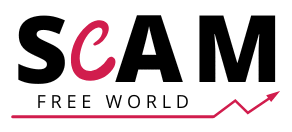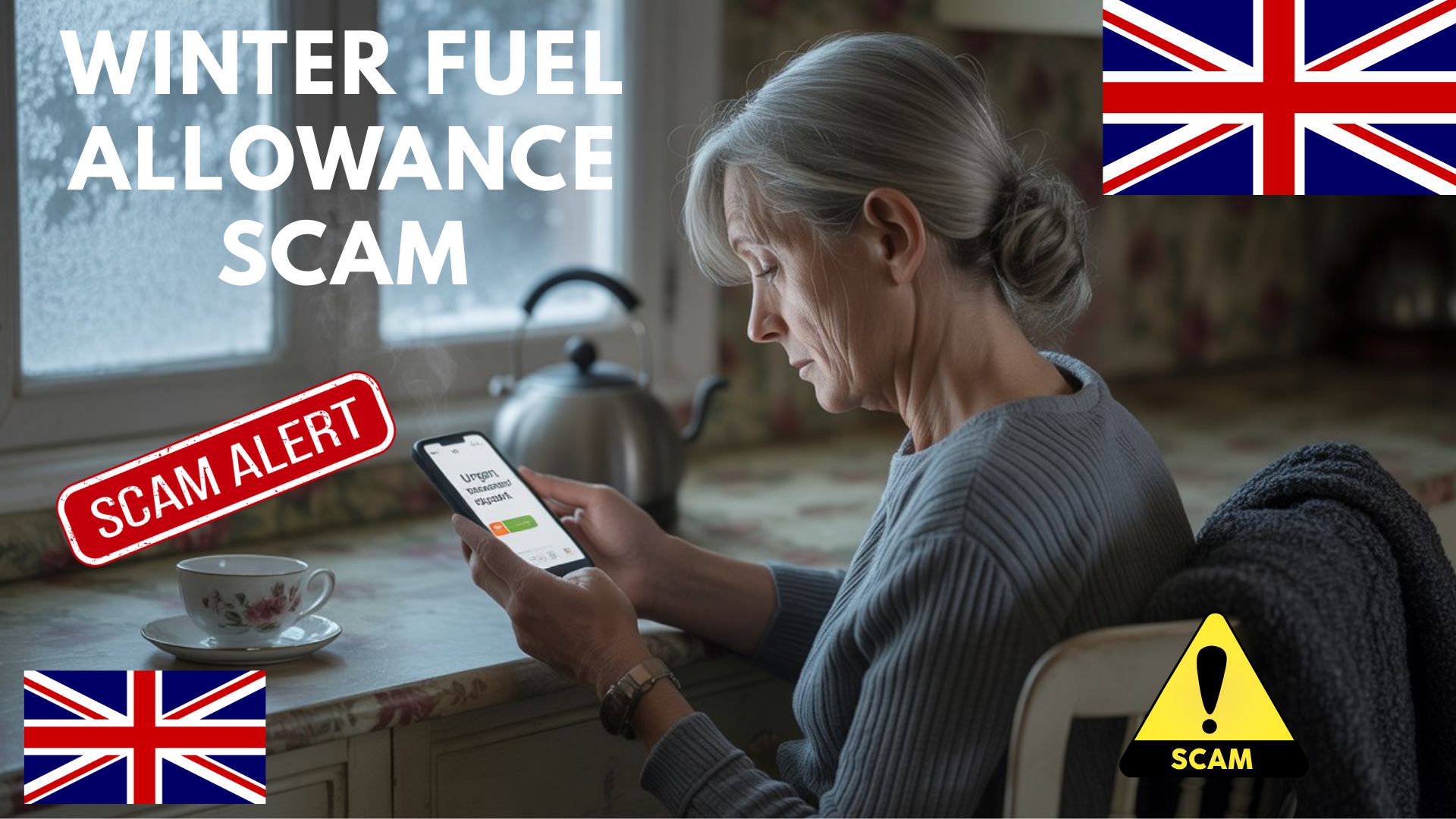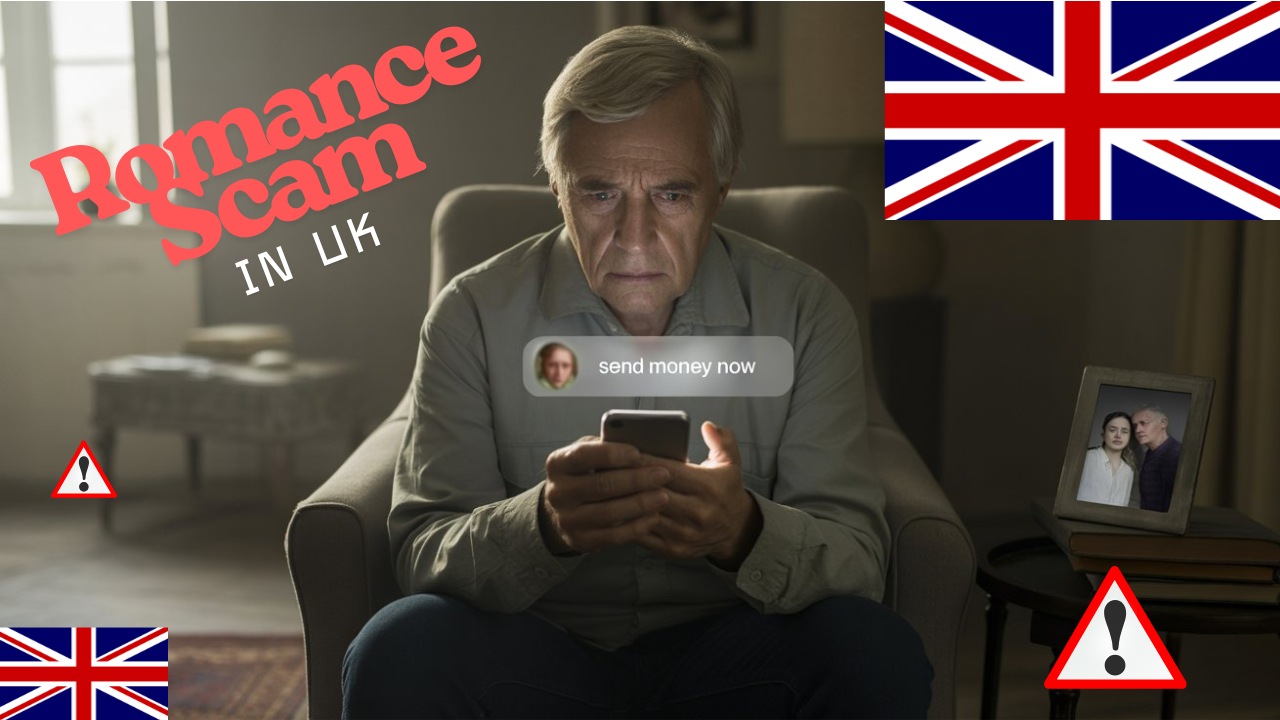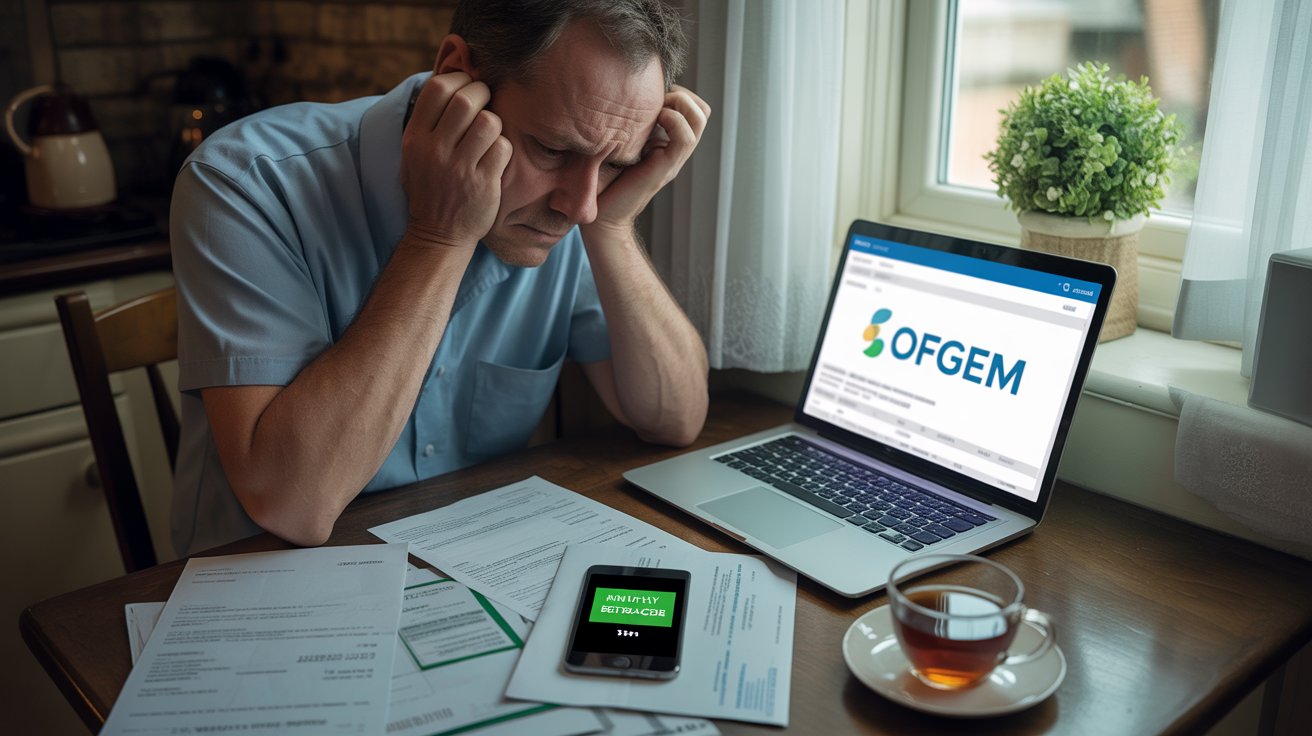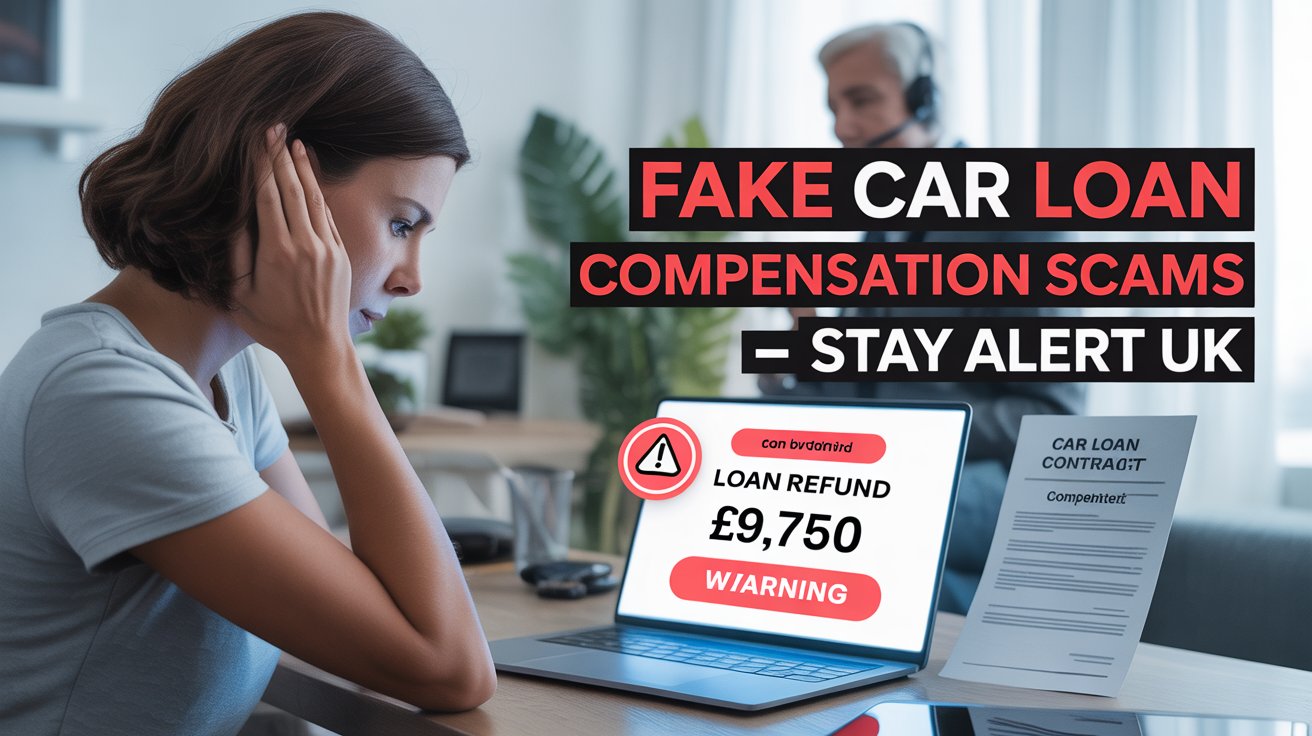🔍 Introduction: A Scam Fuelled by Trust and Desperation
In a time when millions of people across the UK are struggling with the soaring cost of living, energy prices remain a massive burden—especially for pensioners and low-income families. Government support schemes like the Winter Fuel Allowance were designed to ease this pressure. But while the government is trying to help, scammers are seizing the opportunity to do just the opposite.
Welcome to the dark reality of the Winter Fuel Allowance Scam—a rapidly growing fraud that preys on trust, confusion, and urgency. Victims are tricked into giving away personal and banking information in the hope of receiving a government payment that never comes.
This blog will help you:
- Understand how the scam works
- Spot the warning signs
- Learn who is most at risk
- Get practical tips to protect yourself and your loved ones
🧊 What is the Winter Fuel Allowance?
Before diving into the scam itself, it’s important to understand what the real Winter Fuel Allowance is.
The Winter Fuel Payment (commonly known as the Winter Fuel Allowance) is a tax-free payment given by the UK government to help older people pay their heating bills. If you were born before 25 September 1957 and live in the UK, you’re likely eligible for between £250 and £600, depending on age and circumstances.
These payments are made automatically to most eligible individuals between November and January. The Department for Work and Pensions (DWP) handles this without requiring an application in most cases.
This is where the Winter Fuel Allowance Scam creeps in—with fraudulent messages claiming that recipients need to “apply” or “verify” their information to get the money.
🧠 How the Winter Fuel Allowance Scam Works
Scammers are masters of manipulation. They know how to twist reality just enough to make you panic and act quickly. Here’s how the Winter Fuel Allowance Scam usually unfolds:
1. The Fake Message
You receive a text message, email, or phone call pretending to be from the DWP, HMRC, or another government agency. It might say:
“URGENT: You must apply to receive your £300 Winter Fuel Allowance. Click the secure link and enter your bank details.”
Or:
“ACTION REQUIRED: Your Winter Fuel Payment has been paused. Confirm your details to receive the funds.”
These messages look official. They use government logos, realistic language, and links that mimic .gov.uk websites.
2. The Phishing Link
Clicking the link takes you to a phishing site—a fake government webpage. You’re asked to enter personal data such as:
- Name
- Date of birth
- National Insurance number
- Bank account and sort code
- Address and post code
This information is either used to drain your bank account or sold on the dark web.
3. No Payment. Just Loss.
After entering your details, you’ll be told your application was successful—but the money never arrives. Days or weeks later, you may notice strange bank activity or find out your identity has been stolen.
🧓 Who Are the Victims?
This scam disproportionately affects:
- Elderly individuals (those eligible for the real Winter Fuel Payment)
- Disabled citizens or those on benefits
- Non-tech-savvy users unfamiliar with digital fraud
- Caregivers who manage elderly family finances
In many cases, victims are too embarrassed to report the scam or may not even realise they’ve been defrauded until much later.
🚩 Warning Signs of the Winter Fuel Allowance Scam
Keep a lookout for these red flags:
| 🚩 Red Flag | ✅ Safe Reality |
|---|---|
| Requests to “apply” via a link | You don’t need to apply for most payments |
| Urgent tone demanding action | The DWP doesn’t send aggressive messages |
| Non-GOV email addresses | Real DWP emails come from gov.uk domains |
| Requests for bank/National Insurance info | DWP already has your details if you’re eligible |
| Texts from unknown numbers | Official messages usually come by post or verified sender |
If it feels off, it probably is.
📈 How Big Is the Problem?
According to Action Fraud and the National Cyber Security Centre:
- Over 2,300 complaints about Winter Fuel Allowance-related scams were reported in just the past 3 months.
- Losses range from £100 to over £5,000 per victim.
- The elderly population is the most frequent target, making up 60% of reports.
Media outlets such as The Guardian and BBC News have highlighted this scam as one of the fastest-growing fraud types of 2025, especially during the winter months.
🛡️ How to Protect Yourself (and Your Loved Ones)
Prevention starts with awareness. Here’s how you can guard against the Winter Fuel Allowance Scam:
✅ 1. Know What to Expect
- You do not need to apply if you’re already eligible.
- The DWP will never ask for bank details over text or email.
- Legitimate payments are made automatically between November and January.
✅ 2. Don’t Click Suspicious Links
If you get a message asking for personal info:
- Don’t click the link.
- Visit the official GOV.UK website instead to check your payment status.
- Contact DWP directly using published contact numbers.
✅ 3. Check with a Trusted Person
Not sure about a message? Ask a family member or friend. A second opinion could save you from becoming a victim.
✅ 4. Report the Scam
Report suspicious messages to:
- 7726 (forward scam texts here)
- Action Fraud at actionfraud.police.uk
- Report@phishing.gov.uk for scam emails
✅ 5. Spread the Word
Warn your parents, grandparents, neighbours, and local community centres. Share this information offline and online.
💬 Real Story: “I Thought It Was Genuine”
Mary, a 74-year-old from Yorkshire, received a text that read:
“You must confirm your eligibility for the £300 Winter Fuel Allowance. Apply now.”
She clicked the link and entered her bank details. Within 48 hours, £1,200 had been stolen from her account.
“I was shocked,” Mary recalls. “It looked so real. I felt stupid at first, but I realised I wasn’t alone.”
Mary’s story is a powerful reminder that scammers don’t discriminate by intelligence—they target vulnerability.
📢 Why This Scam Is So Dangerous
The Winter Fuel Allowance Scam is effective because it:
- Mimics trusted institutions (like the DWP)
- Capitalises on financial anxiety
- Exploits technological gaps in older generations
- Hits during a season of urgency and need
These scams don’t just steal money—they steal trust in government support systems. Victims are often left shaken, angry, and emotionally drained.
🌍 Community Action: Let’s Fight Back Together
Fighting this scam isn’t just about awareness—it’s about community protection. Here’s how you can help:
- Organise awareness sessions at local libraries or churches
- Share articles like this on social media
- Print out tips for noticeboards at senior centres
- Encourage local MPs to promote safe communication from DWP
Every small action helps someone avoid becoming the next victim.
🧾 Summary: Don’t Let Scammers Cash In on Compassion
The Winter Fuel Allowance was created to support our most vulnerable citizens—but now scammers are turning that support into bait. The Winter Fuel Allowance Scam is cruel, calculated, and rapidly spreading.
But with knowledge, vigilance, and community effort, we can fight back.
✅ Final Checklist
- Never click on suspicious links
- Double-check who the sender is
- Share warnings with elderly relatives
- Report any scam attempts
- Trust your instincts
✉️ Have You Been Targeted?
If you or someone you know has received a suspicious message related to Winter Fuel Allowance payments, don’t stay silent. Report it, share it, and protect others from falling for the same trap.
Together, we can stay scam-free this winter.
Read More Latest Blog – https://scamfreeworld.co.uk/geek-squad-scam/
